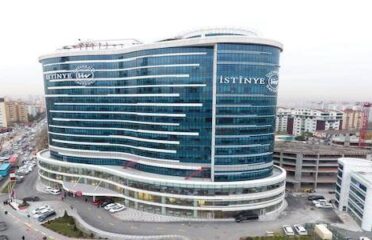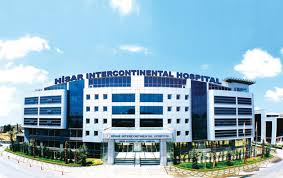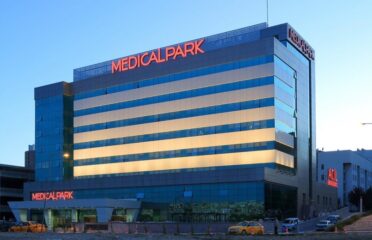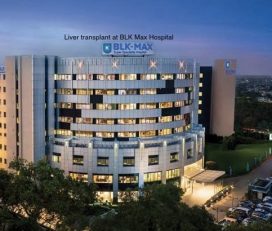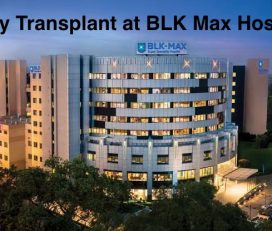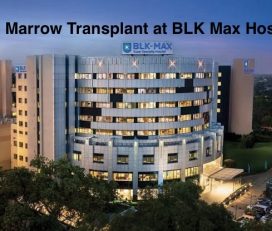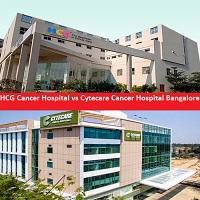
Glioblastoma Multiforme Surgery in Turkey
Glioblastoma multiforme ( GBM) (also known as glioblastoma) is a fast-growing glioma that grows from star-shaped glial cells (astrocytes and oligodendrocytes) that maintain nerve cell protection within the brain. GBM is also called a category IV astrocytoma. They are the most invasive forms of glial tumors that develop rapidly and are typically distributed into surrounding brain tissue.
The foundation of GBMs diagnosis is surgery, followed by radiation and chemotherapy. The primary objective of the procedure is to remove as much of the tumor as possible without damaging the normal brain tissue that is required for normal neurological function (such as motor skills, speech and walking ability, etc.). Surgeons perform a craniotomy in most cases, removing the skull to access the origin of the tumour. This is often done with computer-assisted image-guidance and sometimes with intra-operational mapping techniques to determine the locations of the motor , sensory and speech / language cortex.
After surgery, radiation therapy may commence when the wound is healed. The radiation therapy helps to selectively destroy the remaining tumor cells that have invaded the normal brain tissue surrounding them. Several doses of standard-dose “fractions” of radiation are administered to the tumor site in traditional external beam radiation therapy, as well as a buffer to treat the area of infiltrating tumor cells.
Most normal cells repaired the damage by the time the next treatment is given but the tumor tissue has not. Repeat this cycle for a minimum of 10 to 30 treatments, usually given once daily, five days a week. Radiosurgery is a treatment method that uses specialized radiation delivery systems to focus radiation at the site of the tumor while minimizing the radiation dose to the surrounding brain.




